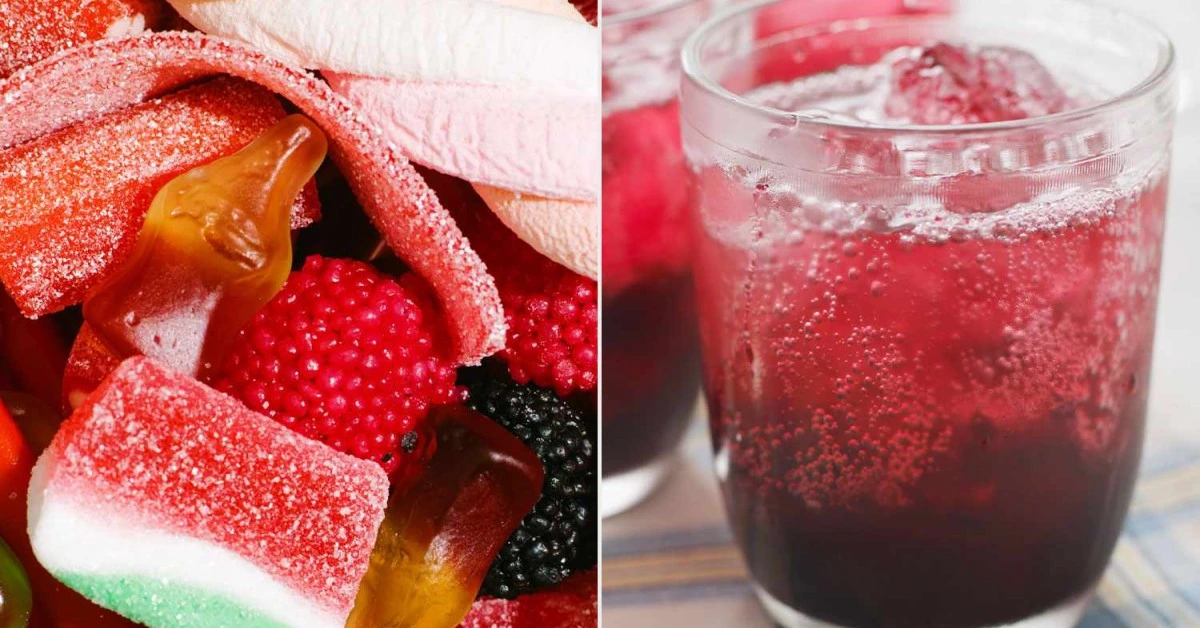
USA – The Food and Drug Administration (FDA) has announced its decision to ban the use of Red No. 3, a synthetic dye commonly used to color food and drinks, such as candy, cereals, and milkshakes.
Red No. 3 has been linked to cancer in animals, prompting the FDA to revoke its approval for use in food products.
According to the Center for Science in the Public Interest (CSPI), which petitioned the agency in 2022 to end the use of the dye, more than 9,200 food items still contain Red No. 3, including products made by major food manufacturers.
However, the FDA is not restricting other artificial dyes, such as Red No. 40, which has been associated with behavioral issues in children.
The decision marks a significant win for consumer advocacy groups and lawmakers who have long called for the ban, citing evidence that Red No. 3 may not only contribute to cancer but also potentially impact children’s behavior.
“At long last, the FDA is ending the regulatory paradox of Red 3 being illegal for use in lipstick but perfectly legal to feed to children in the form of candy,” said Dr. Peter Lurie, president of CSPI.
The dye had already been banned in cosmetics since 1990 under the Delaney Clause, a law that mandates the removal of food additives found to cause cancer in humans or animals.
Food manufacturers now have until January 15, 2027, to reformulate their products, while companies producing dietary supplements will be given an additional year.
Jim Jones, the FDA’s deputy director for human foods, explained, “The FDA cannot authorize a food additive or color additive if it has been found to cause cancer in humans or animals,” citing studies that revealed cancer in male rats exposed to high levels of Red No. 3.
Originally approved in 1907 and derived from petroleum, Red No. 3 has been under review by the FDA for decades.
The agency became aware of its carcinogenic potential after a 1980s study showed that male rats exposed to the dye developed tumors.
“It removes an unnecessary hazard from the American food supply, and we welcome that action, even though it should have occurred more than three decades ago,” said Lurie.
Melanie Benesh, vice president for government affairs at the Environmental Working Group, echoed these sentiments, calling the ban a “big win for consumers” and expressing hope that federal regulators would now turn their attention to other artificial dyes that have raised concerns over the years.
“The FDA, I think, is feeling that pressure from consumers who are worried about what is in their food,” she added.
While the FDA’s ban applies nationwide, several U.S. states, including California, have already taken action to restrict Red No. 3.
“We are thrilled that the FDA has finally managed to get it over the finish line,” said Benesh. In 2023, California became the first state to ban Red No. 3 along with other additives linked to health concerns.
The National Confectioners Association, representing the candy industry, stated that it would continue to comply with the FDA’s guidance, emphasizing the importance of a strong, science-based regulatory framework for food safety.
The FDA has long required manufacturers to list Red No. 3 on food labels. If consumers want to avoid products containing the dye before the ban takes full effect, they can check ingredient lists for “red 3” or “FD&C Red #3.”
Furthermore, artificial food colorings are commonly found in ultra-processed foods, so avoiding these products may also help eliminate Red No. 3 from one’s diet.
For those concerned about other artificial dyes, the CSPI recommends avoiding all numbered dyes, such as Yellow No. 5 and Red No. 40, which have also raised health concerns.
Additionally, individuals who take medications can check for dyes in the “inactive ingredients” section of drug labels and consult with their doctors about switching to dye-free alternatives.
XRP HEALTHCARE L.L.C | License Number: 2312867.01 | Dubai | © Copyright 2025 | All Rights Reserved